Heads up – Massive Sports Tech Holiday Deals List is Live!!! The Garmin Fenix 8 is $250 off (even the Fenix 8 Pro is $100 off!), the Apple Watch Ultra 3 is on sale, the Garmin inReach Mini 2 is $249, the GoPro Hero 13 Black, DJI NEO, and a ton of other brands/deals, including Wahoo, Oura, Whoop, Polar, Samsung, Google, and more than 100 sports tech deals here!
I’m DC RAINMAKER…

I swim, bike and run. Then, I come here and write about my adventures. It’s as simple as that. Most of the time. If you’re new around these parts, here’s the long version of my story.

You'll support the site, and get ad-free DCR! Plus, you'll be more awesome. Click above for all the details. Oh, and you can sign-up for the newsletter here!
Here’s how to save!
Wanna save some cash and support the site? These companies help support the site! With Backcountry.com or Competitive Cyclist with either the coupon code DCRAINMAKER for first time users saving 15% on applicable products.
You can also pick-up tons of gear at REI via these links, which is a long-time supporter as well:Alternatively, for everything else on the planet, simply buy your goods from Amazon via the link below and I get a tiny bit back as an Amazon Associate. No cost to you, easy as pie!
You can use the above link for any Amazon country and it (should) automatically redirect to your local Amazon site.
While I don't partner with many companies, there's a few that I love, and support the site. Full details!

Want to compare the features of each product, down to the nitty-gritty? No problem, the product comparison data is constantly updated with new products and new features added to old products!

Wanna create comparison chart graphs just like I do for GPS, heart rate, power meters and more? No problem, here's the platform I use - you can too!

Think my written reviews are deep? You should check out my videos. I take things to a whole new level of interactive depth!

Smart Trainers Buyers Guide: Looking at a smart trainer this winter? I cover all the units to buy (and avoid) for indoor training. The good, the bad, and the ugly.
-
Check out my weekly podcast - with DesFit, which is packed with both gadget and non-gadget goodness!

Get all your awesome DC Rainmaker gear here!
FAQ’s
I have built an extensive list of my most frequently asked questions. Below are the most popular.
- Do you have a privacy policy posted?
- Why haven’t you yet released a review for XYZ product you mentioned months ago?
- Will you test our product before release?
- Are you willing to review or test beta products?
- Which trainer should I buy?
- Which GPS watch should I buy?
- I’m headed to Paris – what do you recommend for training or sightseeing?
- I’m headed to Washington DC – what do you recommend for training?
- I’m from out of the country and will be visiting the US, what’s the best triathlon shop in city XYZ?
- What kind of camera do you use?
-
5 Easy Steps To The Site
In Depth Product Reviews
You probably stumbled upon here looking for a review of a sports gadget. If you’re trying to decide which unit to buy – check out my in-depth reviews section. Some reviews are over 60 pages long when printed out, with hundreds of photos! I aim to leave no stone unturned.
Read My Sports Gadget Recommendations.
Here’s my most recent GPS watch guide here, and cycling GPS computers here. Plus there are smart trainers here, all in these guides cover almost every category of sports gadgets out there. Looking for the equipment I use day-to-day? I also just put together my complete ‘Gear I Use’ equipment list, from swim to bike to run and everything in between (plus a few extra things). And to compliment that, here’s The Girl’s (my wife’s) list. Enjoy, and thanks for stopping by!
Have some fun in the travel section.
I travel a fair bit, both for work and for fun. Here’s a bunch of random trip reports and daily trip-logs that I’ve put together and posted. I’ve sorted it all by world geography, in an attempt to make it easy to figure out where I’ve been.
My Photography Gear: The Cameras/Drones/Action Cams I Use Daily
The most common question I receive outside of the “what’s the best GPS watch for me” variant, are photography-esq based. So in efforts to combat the amount of emails I need to sort through on a daily basis, I’ve complied this “My Photography Gear” post for your curious minds (including drones & action cams!)! It’s a nice break from the day-to-day sports-tech talk, and I hope you get something out of it!
The Swim/Bike/Run Gear I Use List
Many readers stumble into my website in search of information on the latest and greatest sports tech products. But at the end of the day, you might just be wondering “What does Ray use when not testing new products?”. So here is the most up to date list of products I like and fit the bill for me and my training needs best! DC Rainmaker 2024 swim, bike, run, and general gear list. But wait, are you a female and feel like these things might not apply to you? If that’s the case (but certainly not saying my choices aren’t good for women), and you just want to see a different gear junkies “picks”, check out The Girl’s Gear Guide too.

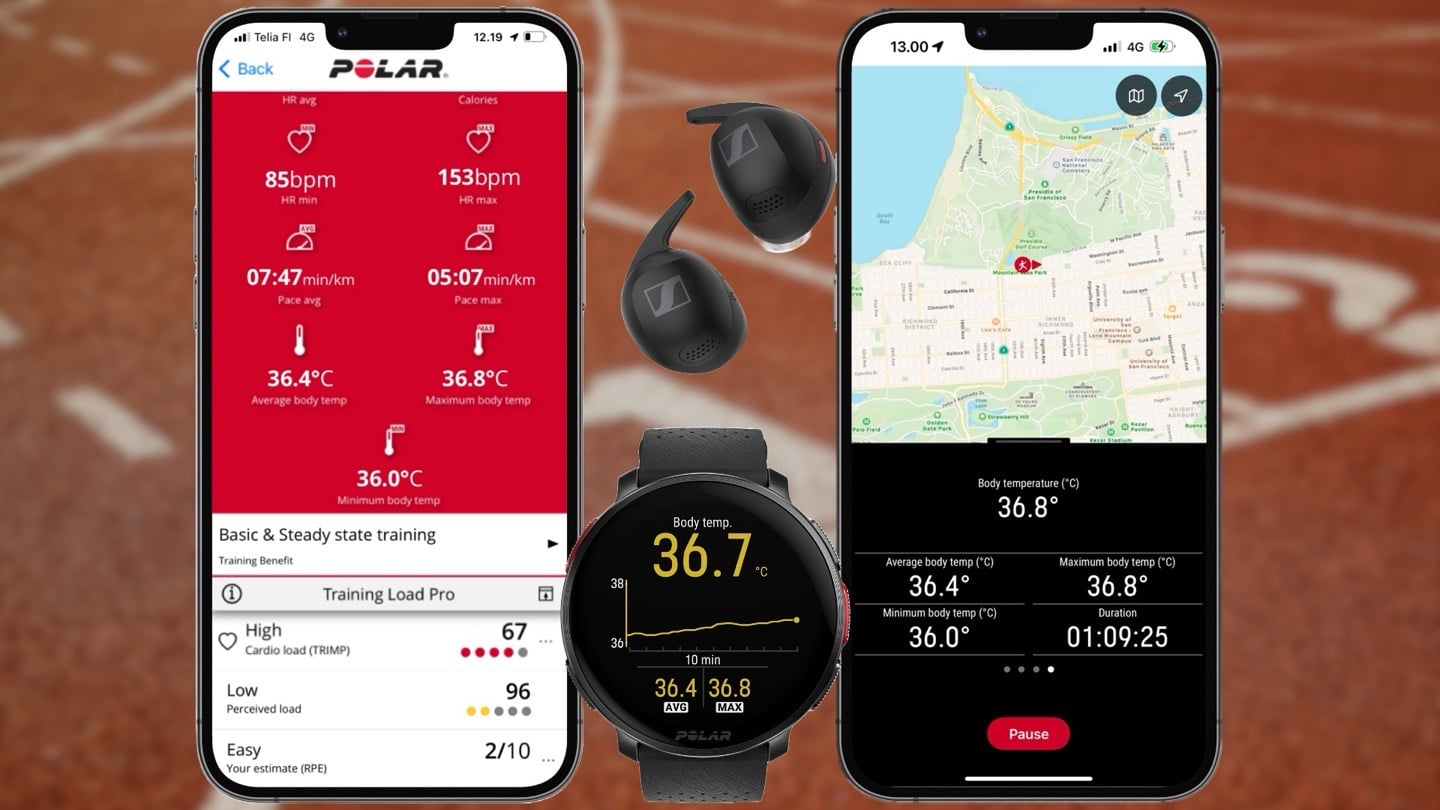
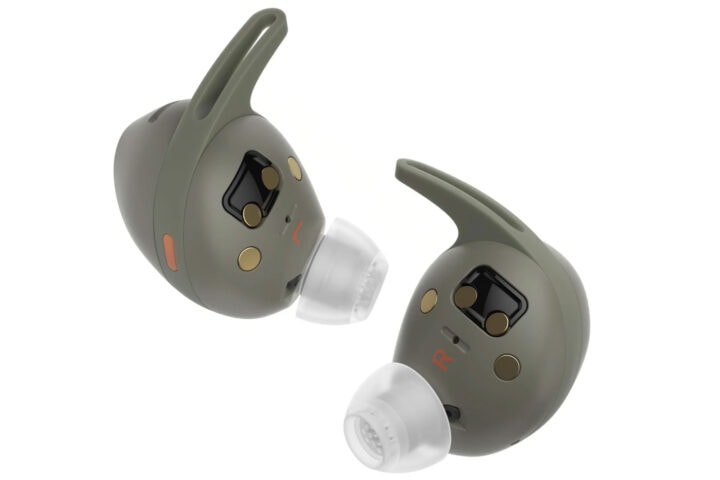
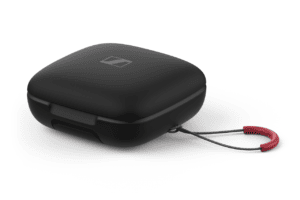
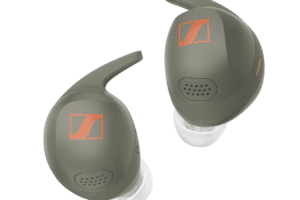
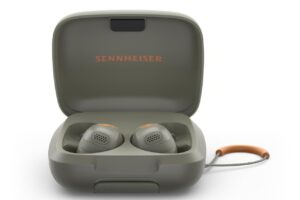
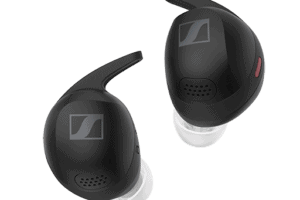
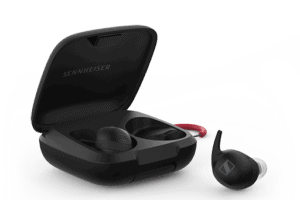
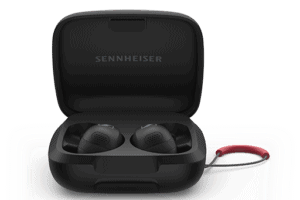
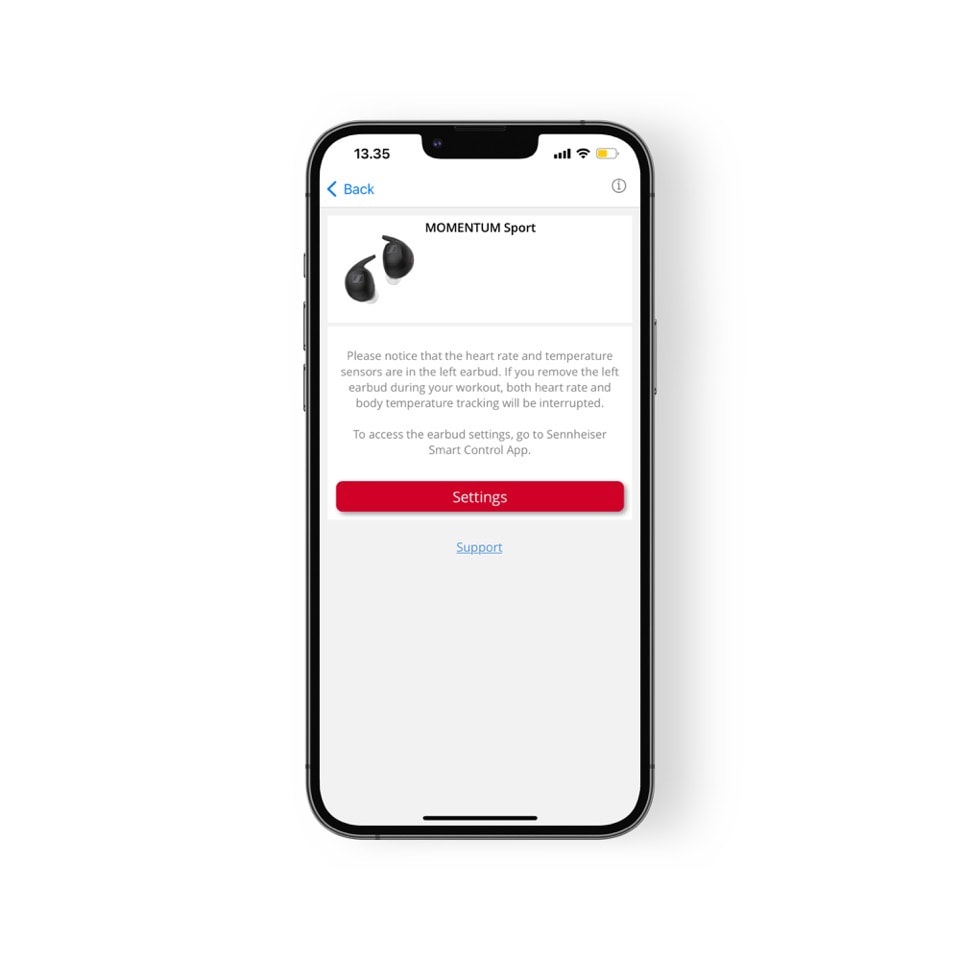
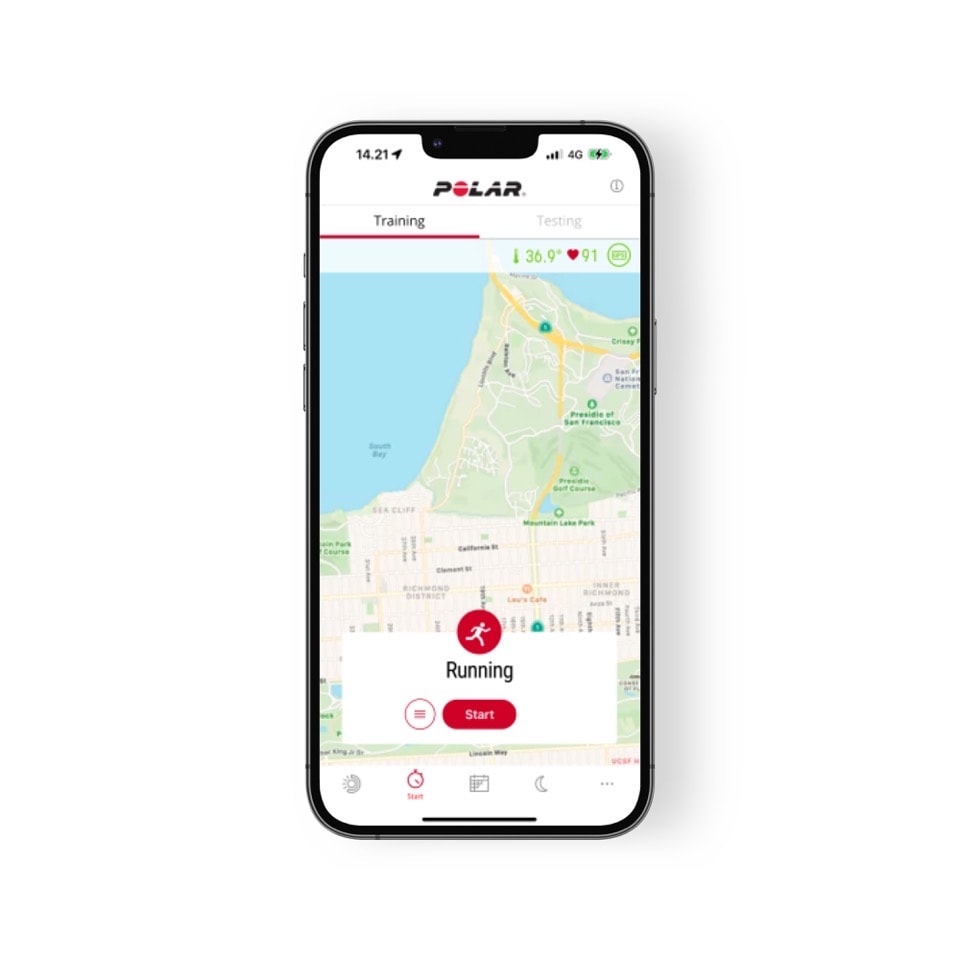

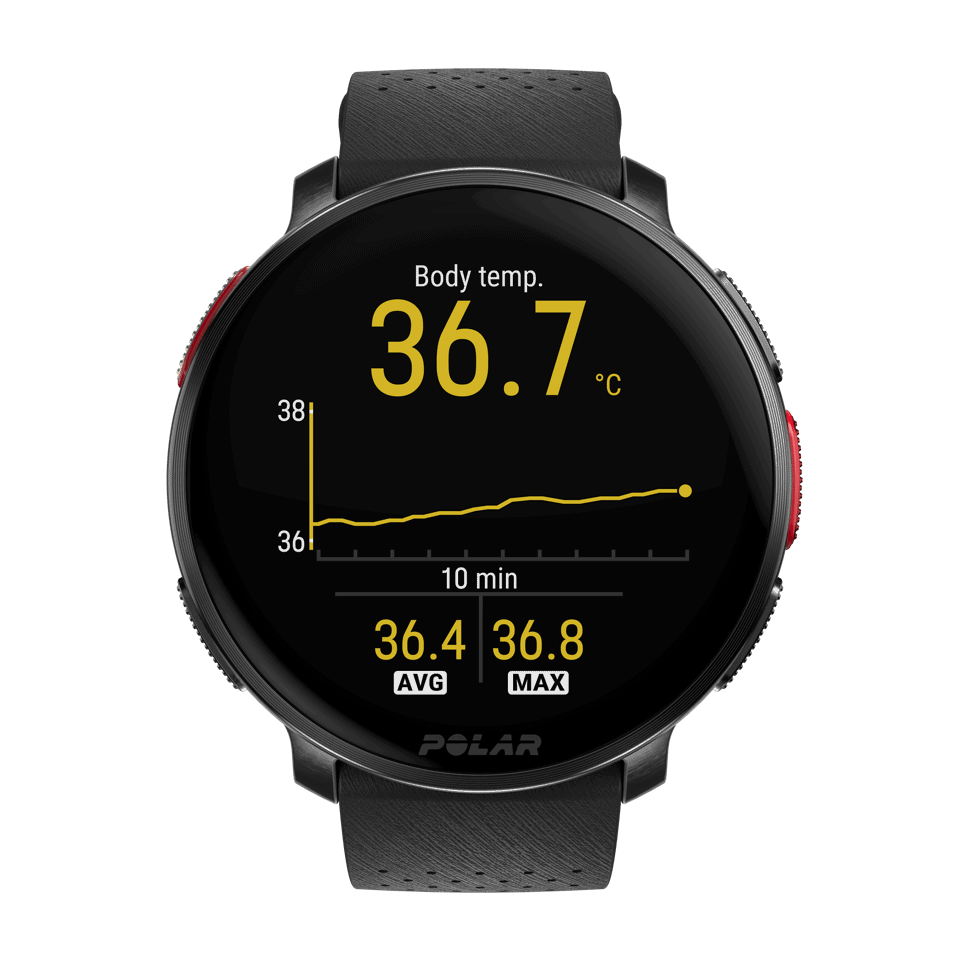
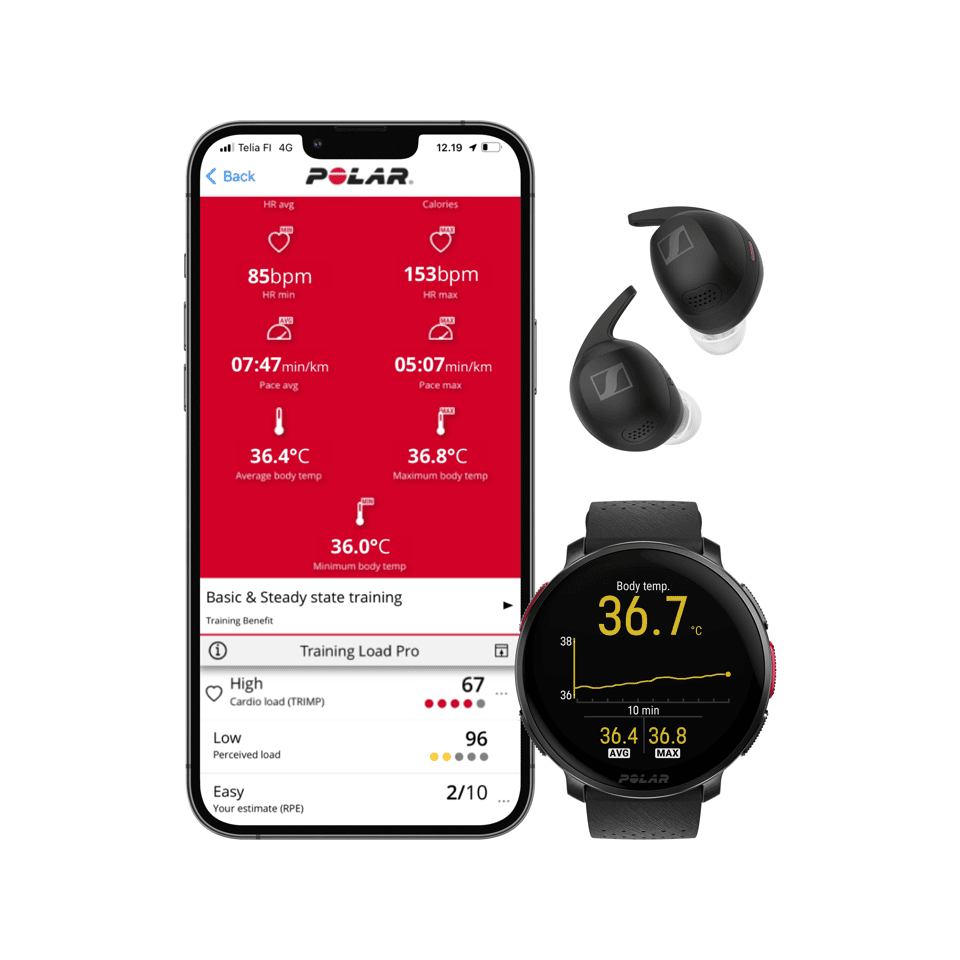





















Damn, talk about an ‘almost does everything’ earbud. Guess one needs to find a competitive edge in an AirPod dominated world. Love the feature set. Would so look into something like this when I upgrade next time.
While I love my Shokz OpenRun, I’m sure I can find some room in my tech bag for these. Take my money now!!!!
(can’t find any way to register interest yet)
Would love to see Polar doing something additional with the temperature data to indicate heat acclimation etc.
I love my new OpenFit’s even better than my OpenRun’s. In either case … having your ears actually open is much less straining than using the AirPod Pro’s hear through function. Only downside is no noise canceling – for that I have simply used ear plugs … again less straining than active noise canceling.
Shokz should definitely take the cue and add HR and temperature sensing to their products.
OpenFit don’t have the same water-resistance rating as OpenRun though. Can’t beat finishing a run and jumping in the shower with the Open Fit still on….
Looking forward to these Sennheiser though for the times when I won’t be using the OpenRun.
Ray, will these transmit via BT/Ant+ to Garmin and other non-Polar devices? I’m seeing other reports to that effect.
Yes, over Bluetooth Smart as a standard Bluetooth HR device. I don’t think it’s ANT+ too, but I’m getting confirmation.
How well have earbuds with a heartrate monitor worked? Do you think this will be better than the Dash by Bragi? 🙂
I’ve never really had a good method of actually getting data from various HR earbuds, as virtually all of them were locked into proprietary systems the last time I tried (thus, not broadcasting over standard protocols which allowed proper data collection).
These (finally) do though, so should be really easy to test and cross-validate.
I wonder if you can use these as a heart rate monitor for zwift on Apple TV?
Yes, it should work just fine. It broadcasts as a standard Bluetooth heart rate sensor.
This is pretty cool. I wear earbuds anyway when zwifting and I have never been able to figure out how to broadcast from my Apple Watch Ultra 1. Only issue would be if I ever got back on the road and had to put a strap back on.
Now polar should add the elevation data from the phone gps in the flow app.
My wish too – missing elevation data is something avoiding me using polar flow app for recording of workouts, because doing trailruns without elevation data is no fun!
I’m curious about how representative your outer ear temperature is compared to your body temperature, especially when running outside in a windy area.
CORE actually has a nifty little chart outlining the various methods you can use (who knew there were so many methods!), and the accuracy levels of each (scroll a bit): link to corebodytemp.com
Which is clearly showing that the claimed accuracy might be true in regard to the measurement, but not in regard to the body core temperature.
Still in the same ball park as the core sensor and might be good enough though…
Yeah, the skin vs core temp bit here is a bit fuzzy/unclear to me in terms of this particular sensor.
This brings up a slightly separate conversation: how well do modern fitness apps integrate “competing” signals? I can think of realistically getting HR from at least three separate channels using these, for example: the watch, a chest/arm strap, and the headphones. It’d be interesting if the app could check these against each other and find the one that’s most probably correct, instead of just using one signal. Same story with body temperature, running power, and so on.
I’m not aware of anything that can do sensor fusion like that from multiple external sources.
We do see it a bit for internal/external blends, but not on HR. One that comes to mind is pace for some straps/pods, whereby the external GPS source fails and then it switches to that. But that’s a pretty basic scenario.
Honestly the most exciting piece of tech gear for me in a long time. Let’s hope it is upper end Sennheiser sound quality and not lower end Sennheiser soind quality.
Bragi is there on CES with their new tech too btw
Hmm, hard to find much information. Bragi mostly transitioned towards the assisted hearing realm, away from sports, years ago.
Their Twitter/Facebook account hasn’t been updated in 3 years, and they posted they were done at the time. Any links?
link to linkedin.com -> with AI powered software.
They still power the sports headphones with their software, but dont produce hardware anymore. Stil neat.
I’ve had Polar watches for years and really liked the flow app. Moved to Garmin because of the Fenix line and I am now well in the Garmin system. Above seems to mean that the Polar ecosystem becomes way more interesting. If Polar starts to make Fenix equivilant watches (looks and features) than I will go absolutely back to Polar.
Am I missing it? Will this connect to Garmin through a connect IQ app or otherwise like the CORE? Or, will the temp aspect only be usable with Polar Flow?
It seems to imply the temp aspect is only via Polar or native app.
I’ve got a volley of questions to the Sennheiser folks I’m waiting on, everyone is a bit tied up timezone-wise in CES, so the volleys back and forth are happening at odd hours of the night.
I assumed so. If you’re in the Garmin ecosystem, this thing doesn’t generate much appeal. I could see running on a treadmill or bike with Zwift etc. and have one less thing to put on, charge. Other than that, I can’t see this has much appeal outdoors for a Garmin user. You probably could not depend on enough charge to make it a 50 to 70 mile bike or gravel race, for instance. Short training rides, okay. Even running outside, for a Polar user, you are tied to having your phone with you as well. Not knowing the battery life, sound quality, no tempt to Garmin, and at $329, this seems to be a non-starter for many. At $150 this thing might generate more interest. Seems a hard trade off for an HR strap with days of battery life or even a armband with 20-30 hours versus the likely 3-6 hours battery life they can stuff into this thing with sound, temp, and hr running.
Looks like the prior model Sennheiser Sport True Wireless gets about 7 hours battery life on a charge. I would expect that to be less on these with HR and Temp circuitry.
“Metallica Graphite”?
The idea of hr/temp via earbuds sounds interessting, but not for that price and only 6hrs battery is also not a bummer. But it could have triggered an interesting development. Let’s see if something like that comes from Garmin and others (but it’s not for me, because I just hate in-ear devices).
If these earbuds have accelerometer, do they also record pace while running?
Does it do anything with the accelerometer data? Cadence, vertical oscillation + calculating running power?
Nothing that they’ve outlined at this time.
Ray, how would one base training decisions on body temperature?
I’m referring to your remark: “You can see here the Polar Flow app showing the real-time data of body temperature from the in-ear sensors on the Sennheiser MOMENTUM earbuds, as well as both min/max temperature. Sennheiser states this is +/- 0.3°C in terms of accuracy, which would be enough (assuming it’s actually that accurate) to base training decisions on it.”
I am actually wondering what use the body temperature is during running. Of course you should calm down when your body becomes too hot, but hey, you feel that yourself, right? No need for extra sensors I’d say. But I think I am missing something important here…
There’s a few good articles here: link to corebodytemp.com
Thanks for the link, Neil! Interesting info.
I understand that this sensoring and working with body temperature is in a quite experimental stage, which is of course interesting. I also understand its potential in races and training.
But my question “how would one base training decisions on body temperature?” is therefore a bit too simplistic yet.
Or are there already clear and simple rules or advice about working with body temperature?
Indeed, the link above is the general gist of it.
I might get around to the Heat Chamber build-out I did for my wife and her training, next week (a post or video or something). We’ve actually spent a ton of time talking with CORE about training and how coaches do workouts/racing/etc. It’s super fascinating, even if you entirely ignore CORE as a product (meaning, some of it is relevant without using any product, and some of it with using any temp sensor).
The more data they showed around the impact of heat training, the more fascinating it is to realize how big a contributor that is to race failures (and easily playing a bigger factor that fitness gains for most people), for something that’s actually relatively easy to acclimate for in a bathroom (with a smart trainer, less so dragging a treadmill into one). Though, the build-out for the heat chamber here only cost about $100 (and I way overbuilt so I could have both treadmill and bike in there), and could easily be done in a garage/shed/etc…
Looking forward to that!
But does that mean that working with body temperature is actually only or mostly useful when training for a race in hot weather?
If you write or create something around it,, can you also cover that? Thanks. This has gotten my interest now…
It’s mostly useful for cases where the race temperature is notably different than your training temperature.
As the earbuds don’t have a display, what value would lie in running the Polar algorithms in the earbuds? I think it would make more sense using them as pure sensors and doing all the heavy lifting on the phone or at least a watch.
I could see value in some training/coaching type scenarios, if you weren’t running/training with a phone. But yeah, for most algorithms, offloaded makes more sense.
The following statement, from the article, is incorrect and/or misleading, AFAIKT:
«The earbuds will also give navigational guidance when paired with a Polar Vantage V3, but any existing earbuds will already do that today – as that’s just providing the audio side of things. If Polar were to expand the turn-by-turn navigation into the Polar Flow app with these earbuds, that’d be notably significant.»
Firstly, while it is true that V3 have audio feedback, the feedback is coming from the Flow app – that is: From your mobile phone. If you disable Bluetooth on your phone, the audio feedback stops.
Secondly, the V3 can only connect to certain __sensors__. Thus, it cannot connect to «any existing earbuds».
Thirdly: the new Sennheiser Momentum is a sensor, hence it makes sense (sic!) that the V3 (and perhaps even the V2) can connect to it. And perhaps ___perhaps___ it is the case, that if you own a pair of Sennheiser Momentum, then you do not need to carry the phone in order to get audio feedback. But I would not hold my breath on it – my bet would be that in order to get the audio feedback, you will need to carry the phone with you, even with the Sennheiser Momentum.
I have of course not owned a Sennheiser Momentum. But I do own a V3 (and before that a V2 etc).
Btw, the audio feedback from the V3 (via the Flow app) is a much welcome feature. Would have been nice if it didn’t require the phone, but …
Good catch on the V3 currently pairing to the Flow app vs V3 directly for the audio side. Will update – thanks!
It’s a shame I can no longer tolerate wearing anything that goes into my ears, and even partially in like the Galaxy Buds Live cause issues.
If they were like the Sony LinkBuds, then I could consider them.
That or a bone conduction device.
Collecting HR data via earbuds looks pretty awesome! I’m imagining its accuracy would be more in line with a chest strap than an optical sensor? If so they’ll definitely be on my list for a future purchase.
Unsure about the body temp data though. I get the feeling that a lot of the new metrics are being driven much more by the companies looking to add something new rather than providing actionable information to the average user. I’m similarly skeptical about HRV, training load, and other stuff like “stress” scores which seem to primarily to create an overload of information without any real purpose